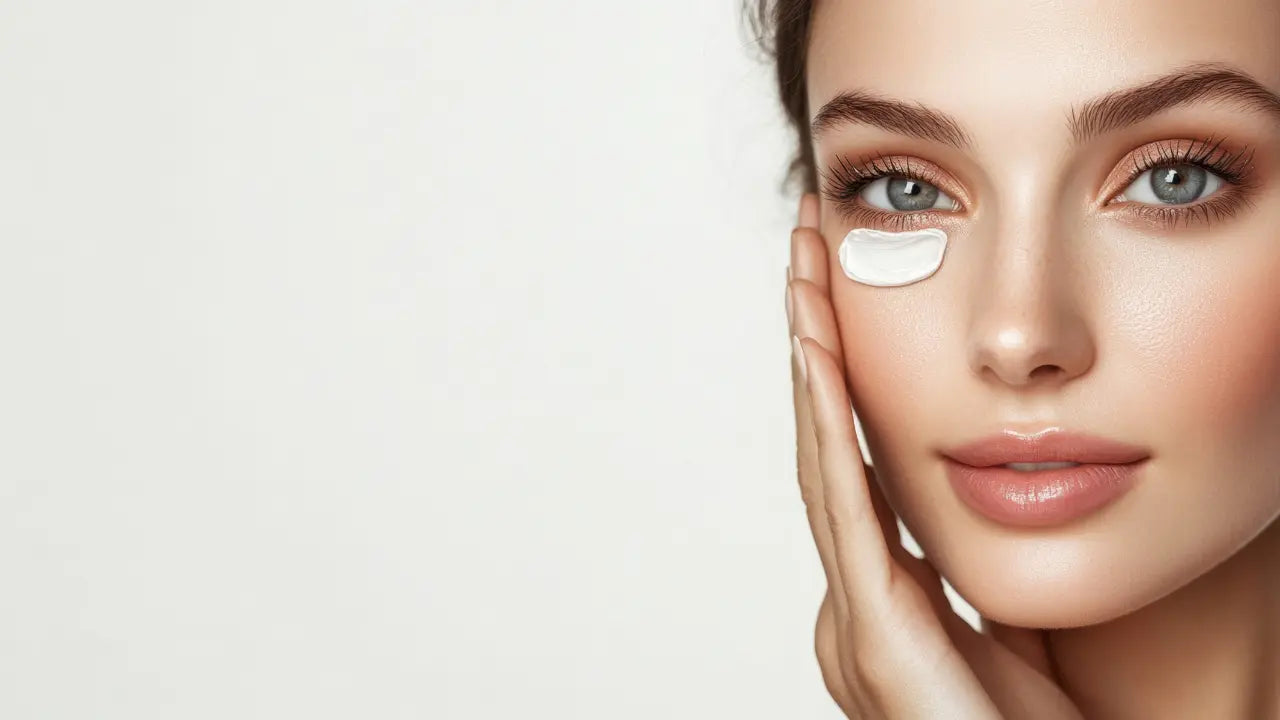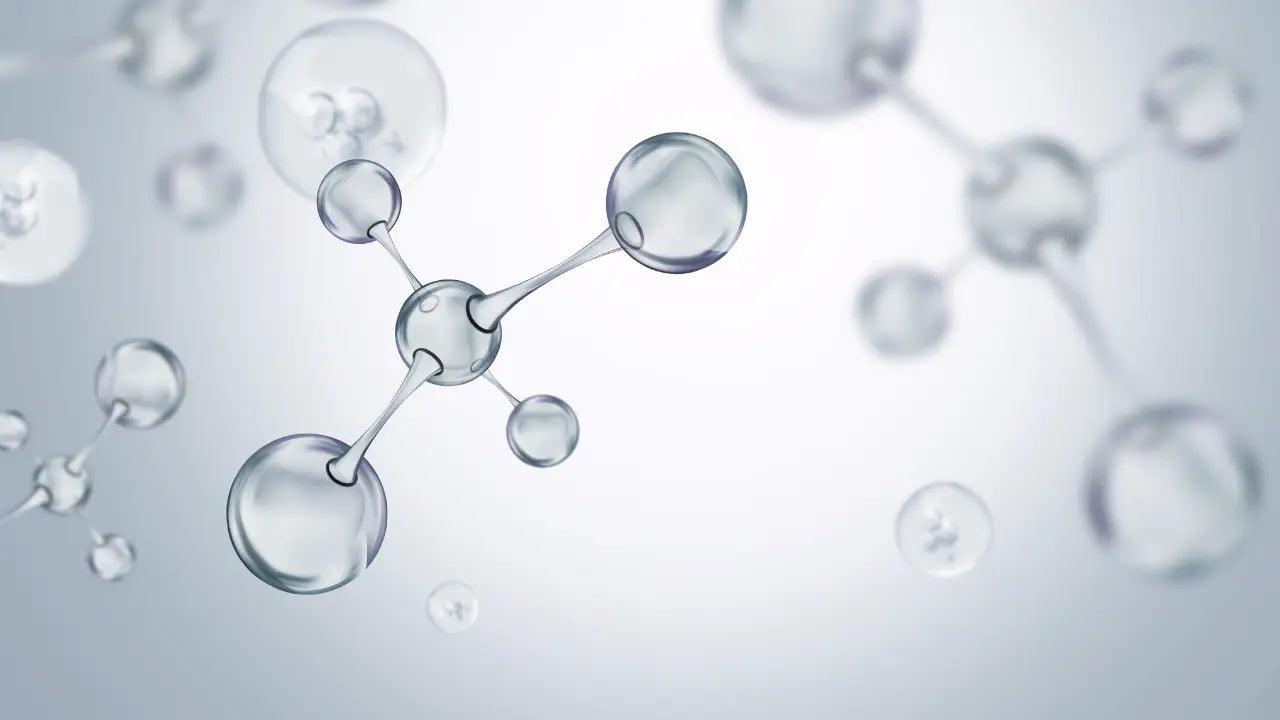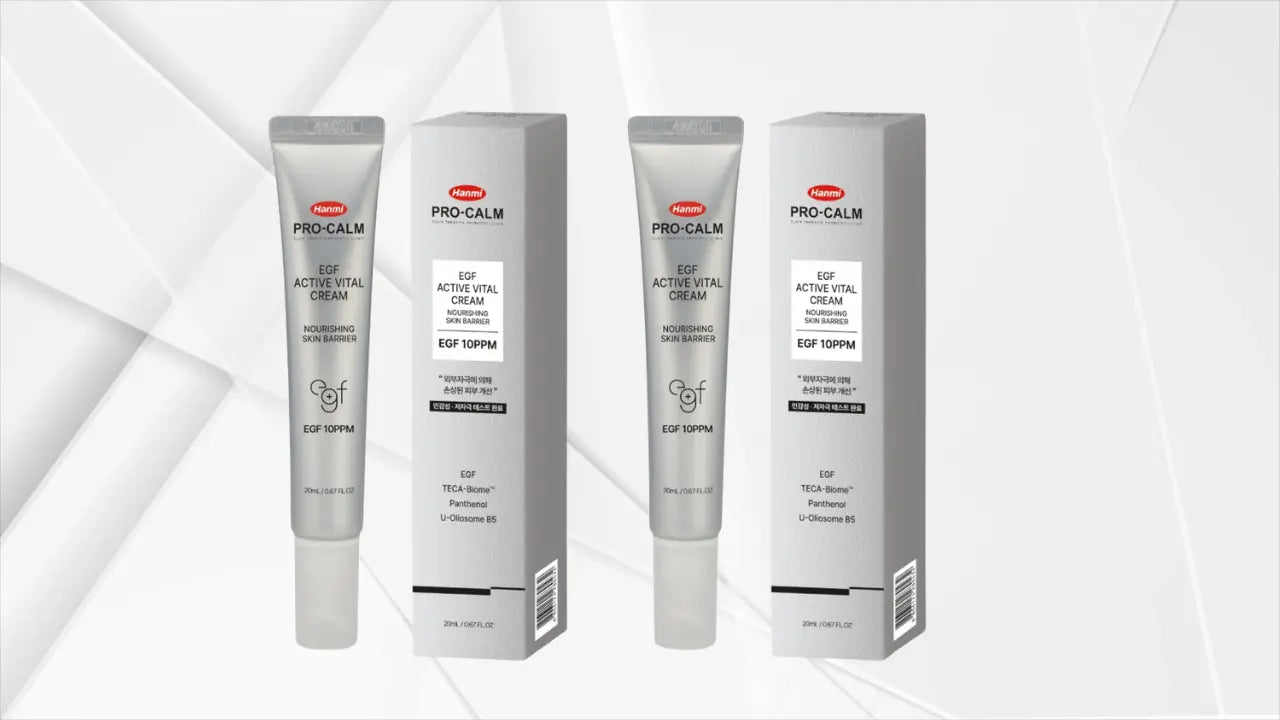I’m writing this guide because a skin barrier repair cream has become the stabilizer in my routine, especially when my face feels tight after hours of air-conditioning or looks flushed after a light exfoliation. This page isn’t medical advice; it’s a field note shaped by personal use and supported by reputable references, with practical suggestions tailored to the climates of Morocco and the Gulf.
What is a skin barrier repair cream and why you might need it
Barrier-focused creams are designed to back up the stratum corneum so it holds water more effectively while keeping irritants at bay. When that balance slips, you notice sudden dryness, tingling with products that used to feel fine, or a wash-and-tighten sensation that appears within minutes. At that moment you’re not chasing instant glow as much as steady comfort from morning to night. In day-to-day terms, these creams shine when humidity swings between midday sun and office AC, or when you commute between coastal and inland cities.
On days when temperature shifts wear my skin down, returning to a richer barrier cream restores calm faster than any flashy serum. These products rarely deliver drama in photos, yet they tend to dial down tightness and smooth roughness over two to four weeks, with outcomes varying by person and formula.
When does the barrier become compromised?
There’s rarely a single culprit. Over-exfoliation, very hot water, dry air, frequent product switching, and dust all contribute. In the Gulf, prolonged air-conditioning pulls moisture out of the skin, while fine desert particles add another layer of micro-irritants. In Morocco and Egypt, weather toggles between coastal humidity and inland dryness, which pushes me toward richer textures in colder nights and lighter ones in summer days.
Signs that call for quick repair
If products that once felt comfortable now sting, or if your face tightens minutes after cleansing, those are clear signals. I look for creams that combine skin-identical lipids like ceramides with water-binding humectants such as glycerin, plus soothing agents like panthenol or centella. The National Eczema Association describes these as barrier moisturizers fortified with lipids and ceramides to help retain moisture and keep irritants out, which may support recovery and reduce dryness and itch in eczema.
Key ingredients and how they work
I treat a barrier cream as a “lipids + water + cover” sandwich. Skin-like lipids re-order the bricks and mortar, humectants pull water to the surface, and occlusives lay down a thin shield that slows evaporation. This synergy matters more than any single ingredient acting alone.
Ceramides and skin-like lipids
Ceramides are natural fatty molecules in the stratum corneum. Blending them with cholesterol and free fatty acids may improve barrier function over time. Recent clinical reviews report that ceramide-containing moisturizers improved eczema severity measures, though they don’t always outperform comparators on transepidermal water loss, suggesting cumulative effects that depend on formula and adherence. For me, multi-ceramide blends give a softly cushioned feel after a couple of weeks of consistent use.
Humectants and occlusives such as glycerin and petrolatum
Glycerin and hyaluronic acid draw water into the upper layers, while petrolatum is the classic occlusive that cuts evaporation most effectively. Contemporary medical sources continue to cite petrolatum as a gold-standard occlusive that reduces transepidermal water loss more than many alternatives, which is why I reserve a thin layer for night or for very parched spots like the sides of the nose and lips. In practice, a little goes a long way; too much can feel greasy without added benefit.
I often add a soothing element such as panthenol after irritant exposure or minor procedures; it tends to bring immediate comfort with a noticeable bump in hydration by morning. Dermatology reviews point out that dexpanthenol may support barrier integrity and ease flares in eczema, which mirrors the “quick calm” many users report.
Alongside that, I like formulas with moderate niacinamide. It’s a multi-tasker that may improve hydration and the look of mild redness over the medium term while tempering T-zone shine in some combination skins. Academic reviews discuss niacinamide’s role in supporting the barrier and reducing transepidermal water loss and uneven tone, while noting that results depend on formulation, concentration, and consistency.
How to choose by skin type and climate
In the UAE and Oman, many of us spend hours in dry, conditioned air while starting the day in heat and fluctuating humidity. I prefer a cream that leaves a thin, non-shiny veil and layers well under sunscreen. In Morocco, Egypt, and Jordan the story shifts between coast and interior; I swap to heavier textures at night in colder months and lighter textures for daytime.
When I want a stronger ceramide emphasis, a capsule ceramide cream for the barrier gives measured cushion with a daytime-friendly finish; a product like AESTURA ATOBARRIER365 Cream fits that brief if you prefer a semi-matte layer.
If immediate comfort and relief from mild daily reactivity come first, gentle blends with cica and panthenol are popular; a practical example is Physiogel Hydro Cica Soothing Cream for balanced daytime wear.
In very dry weather or alongside potentially irritating topicals, I sometimes add a light occlusive layer at night over my cream to reduce evaporation; medical reviews of occlusives support this strategy when used sparingly on clean skin.
Who it’s for: Use-case scenarios
People with sensitive skin or quick irritation from acids and fragrances often benefit most from barrier-focused creams. When I feel a sting after cleansing, I scale back to a mild face wash and apply a fragrance-free barrier cream more generously; the result is usually noticeable comfort within hours and a reduction in temporary redness. Choosing a “non-comedogenic” formula can help if you’re clog-prone, though patch-testing and personal experience remain the final word.
For those finishing a non-ablative laser or superficial peel, look for blends spotlighting panthenol and ceramides, because up-to-date reviews suggest these can improve comfort and hydration after light procedures when used under clinician guidance. I start with a thin layer and reapply during the day if needed, watching for any unusual reaction.
For day-to-day sensitivity and seasonal redness, cica-based textures work well as a morning layer under sunscreen. An option like Dr.G Red Blemish Cica Soothing Cream can keep the finish light while leaning into comfort.
How to use & your daily routine
I begin with lukewarm water and a gentle cleanser, then add a watery serum if I’m in the mood, followed by a skin barrier repair cream on slightly damp skin to help trap water. In the morning I finish with a broad-spectrum sunscreen of SPF 30 or higher, since dermatology guidance treats sunscreen as a must-have final step over moisturizer. Letting the cream settle for five to ten minutes seems to give me a steadier result through the day.
At night, if I’m using a retinoid or acids, I put the cream before or after the active depending on how tolerant my skin feels. For very sensitive days, the “sandwich” method—thin cream, then the active, then another thin cream—lowers the odds of stinging without abandoning long-term gains. When I need deeper overnight cushioning, I’ll add a richer barrier option like Centellian24 Madeca Cream Hydra 3X as the final step on dry, cool nights.
I always patch-test behind the ear or along the jaw before introducing a new formula, especially if it contains fragrance or essential oils. If strong tingling or persistent redness appears, I stop and simplify until things calm down.
Comparisons & common FAQs
When I compare a barrier cream to cica creams, I find the former leans into skin-identical lipids and mild occlusives to slow evaporation, while the latter puts soothing botanicals like centella first. Practically, I reach for cica in the daytime for mild reactivity and a barrier cream at night to rebuild the lipid layer. If I need more occlusion, I choose something closer to an ointment—shinier but clearly effective at water retention—such as an intensive repair formula like Dongkook Madeca MD Cream when overnight protection is the priority.
A common question is whether petrolatum “clogs pores.” Medical literature frames it as an effective occlusive for reducing water loss; clogging tends to depend on the routine overall and how much you apply. A thin layer on clean skin at night is usually enough, whereas piling it on can leave a heavy, shiny film with no extra benefit.
Another frequent ask: do I need sunscreen if I sit in an office all day? Yes if you’re near windows or commuting; general recommendations favor broad-spectrum SPF 30+, and sunscreen also helps curb uneven darkening in easily pigmented skin tones. Reapplication depends on sweat and exposure, and mists or powder SPFs can work over makeup.
Conclusion
The point of barrier creams isn’t a dramatic “after,” but steadier comfort and more resilience against daily stressors. When I stick with a balanced formula that includes ceramides, humectants, and calming agents like panthenol or cica, I notice a smoother feel and less tightness over the weeks. In dry climates, a light layer under sunscreen each morning and a richer one at night tends to strike the best balance. If you want a soft, quick-absorbing texture that behaves well in AC-heavy offices, a formula like Dr.Althea 345 Relief Cream is worth considering. For a gentle daytime step that leans into daily comfort, Physiogel Hydro Cica Soothing Cream remains a practical example, while AESTURA ATOBARRIER365 Cream offers a measured repair focus with a semi-matte touch.
Ultimately, results vary. Read the label carefully, go slow, and give the formula a fair run before judging. If you have a diagnosed skin condition or have undergone a procedure, checking in with a dermatologist is the safest call.




